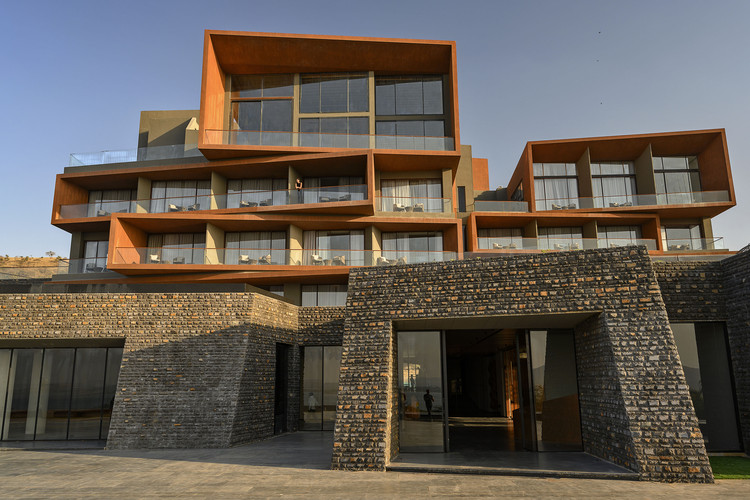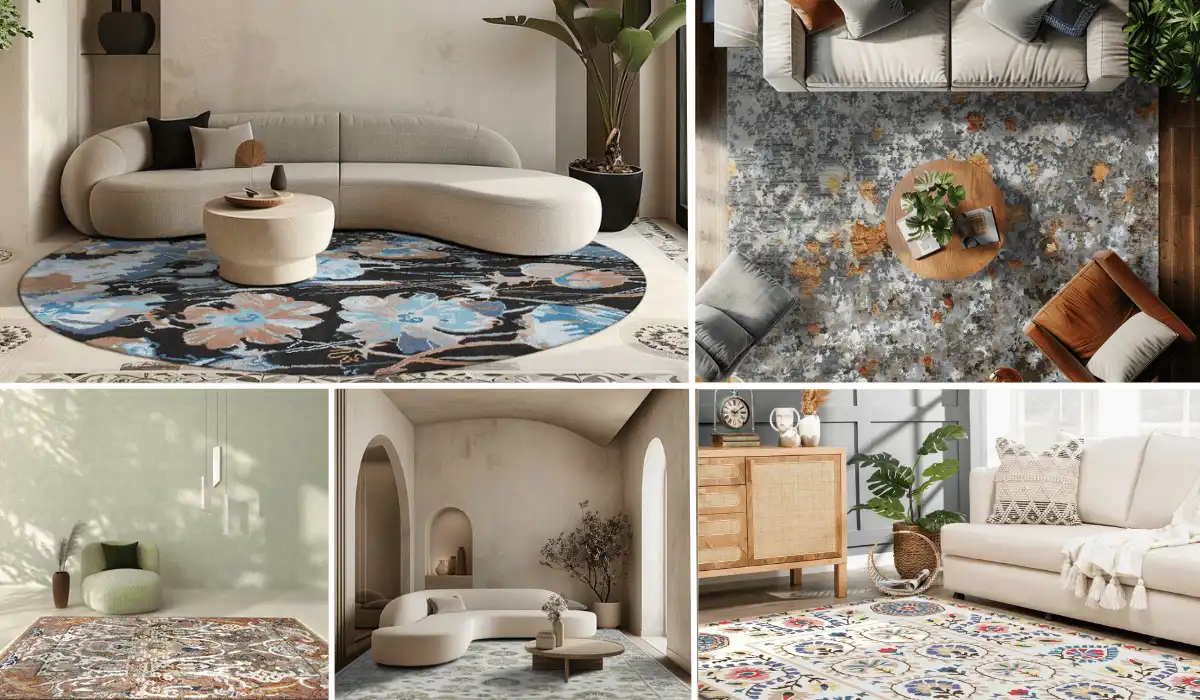The hospitality industry in India is the most extravagant of all. The relevance of this can be traced to the traditional quote of “Atithi Devo Bhava” which means that hospitality is a godly pursuit. Hence, Indian hospitality is all about being warm, welcoming, and comfortable. These adjectives tangibly shape up as design elements in the hospitality architecture of India.
Be it hotels, resorts, motels, gyms or any other recreational building, the design characteristics of wholesomeness and relaxation remain constant. Over the past decade, the hospitality industry in India has been inspired by an international sense of design and state-of-the-art technology.
The Impact of COVID-19
A discussion about the most adversely “COVID-19 affected” industries is incomplete without remarks on the hospitality sector. Especially in a country such as India which spends lavishly on travel and recreation, the impact on the hospitality domain has been beyond imagination. India’s GDP comprises 6.9% contribution from the travel and tourism industry, making it a significant contributor to the country’s economy.
More so, the hospitality sector in India is expected to grow annually at a rate of 6.8%. But such ambitious plans of the Indian hospitality industry came to a screeching halt with the outbreak of the COVID-19 pandemic and the nationwide lockdown in March 2020.

As the country began to unlock, the hospitality sector continued to face the heat, as it was among the last collective of industries to resume functioning. This is because hospitality revolves around people and interaction. Maintaining the COVID-19 imposed protocols such as social distancing, and sanitization were difficult to achieve with the highly contagious coronavirus on the loose.
Hence, the hospitality industry has been functioning in a semi-operational mode since the past two years. It is only after the implementation of vaccines and immunity boosters that people have been comfortable travelling without a sense of fear. Fortunately, the operational restrictions on the hospitality industry are now being relieved every once in a while as the COVID-19 wave appears to subside.
But even though it looks like the COVID-19 pandemic has been contained, its impact on the world is ever-lasting. To keep our buildings immune to such pandemic outbreaks, architects are resorting to the idea of “design with resilience”. This implies that the buildings of the future will be designed to suit both privacy and interaction, while technology will be pivotal in achieving this.
Design Innovations for Post-Pandemic Hospitality Buildings

Technology is the new oil that is influencing every operational node in hospitality. The social distancing norms have ushered in the era of contact-less communications. Billing, check-in and checkout, payments, dining, room temperature, and lighting control have all adopted the no-contact feature. While such automations initially seemed like an overwhelming transformation, they have helped architects to bring flexibility in design. It has also helped to enhance the user-experience by easing user efforts.
The COVID-19 pandemic has resurfaced the need for open spaces because the virus has less transmission potency in open air. Hence, hospitality buildings of the future will be planned as a harmonious blend of indoor and outdoor spaces. The urge to build a strong immunity by exercising has escalated the want for open gardens, parks and open grounds. Similarly, today more hospitality facilities are being planned with gyms and fitness areas.
Landscaping forms an integral part of hospitality architecture because green spaces are considered to be relaxing, which supports the purpose of recreation. Planting flower beds, designing water bodies, and growing trees that suit the local climate on-site are some of the elements that can shine in the architecture of future hospitality buildings.
Providing natural ventilation, and letting the sun inside are conventional design ideas that have faded away in the modern-world building design. With the renewed zest to invite open spaces indoor, natural ventilation and light will find their way back in contemporary hospitality architecture. Alongside, planning for efficient air-conditioners with HEPA filters will enhance mechanical ventilation for spaces that cannot have windows.
Maintaining hygiene and sanitation in heavy footfall public spaces such as lobbies, restaurants, and banquets will spring the need for antimicrobial surface finishes. Seating arrangements in restaurants and corridors will also have to be re-thought in keeping with social distancing norms. Also, these places will have to be generously spaced to meet the existing capacity of the area.

The principles of sustainability have already become a favourite among architects, but with the onset of the pandemic, sustainability will set its foot firmly in the industry. The use of renewable energy, recyclable and local materials, traditional skills, energy-efficient lighting, and passive cooling techniques are some sustainable building features that will dominate hospitality architecture.
The interiors of hospitality buildings would also undergo a significant change. Spaces will be designed for multifunctional purposes to substitute for the lack of space created due to the need for social distancing. For instance, lobbies can double as meeting areas or seminar halls by placement of temporary light-weight furniture. Markings on floors and COVID-19 protocol signage will become an important part of planning the interiors of a hospitality building.
With hospitality buildings now resuming to being fully functional, the pent-up demand of the past 2 years can transition into a big boost. Hence, hospitality buildings will have to be better equipped to deal with higher demands. Using an efficient social-distancing and sanitation module will assist in achieving such soaring requirements. Although many industries are resuming their pre-pandemic nature of work, it is certain that the hospitality domain will see drastic changes in functioning and infrastructure. Hence, architects and interior designers will have a major role to play in reinterpreting luxury, resilience, and rejuvenation through hospitality architecture.
Sources:
- The Future of Hotel Building
- 7 Ways COVID-19 Continues to Impact Hospitality Design
- Pandemic-era hotel design has checked in
- This is the future of hotel design after coronavirus, according to hospitality architects
Disclaimer: The information contained herein have been compiled or arrived at, based upon information obtained in good faith from sources believed to be reliable. The opinions expressed within the content are solely the author’s and can be subject to change. The image featured in this article is only for illustration purposes. If you wish the article to be removed or edited, please send an email to editor@biltrax.com
Discover more from Biltrax Media, A Biltrax Group venture
Subscribe to get the latest posts sent to your email.






















